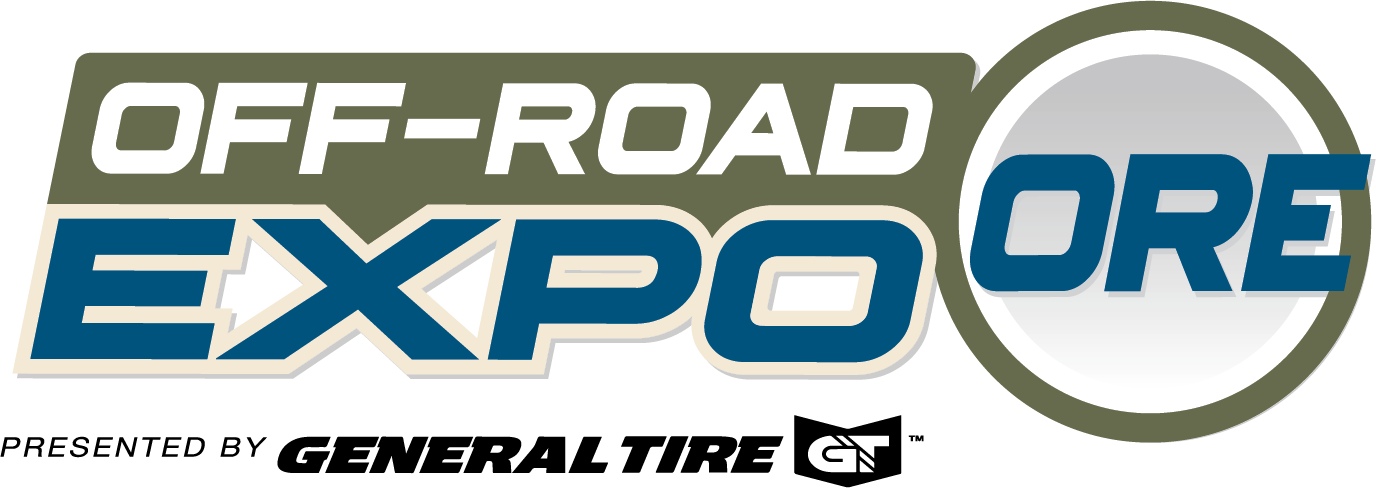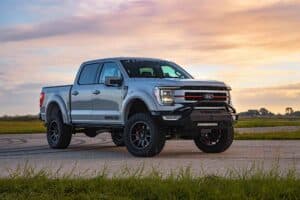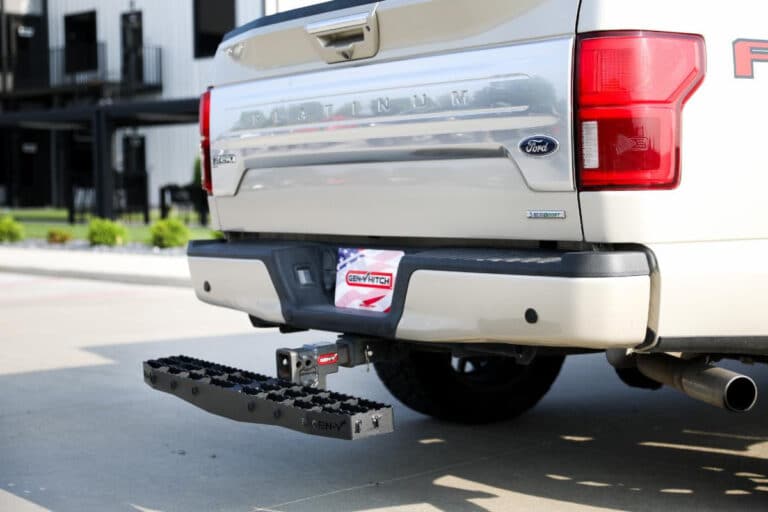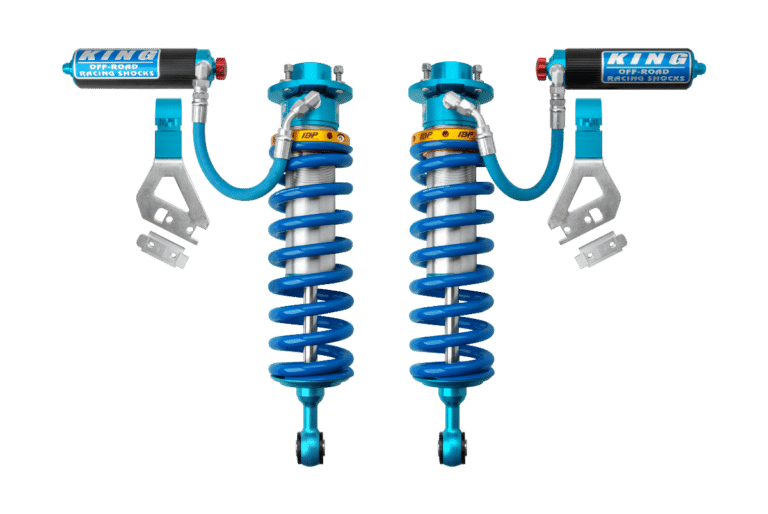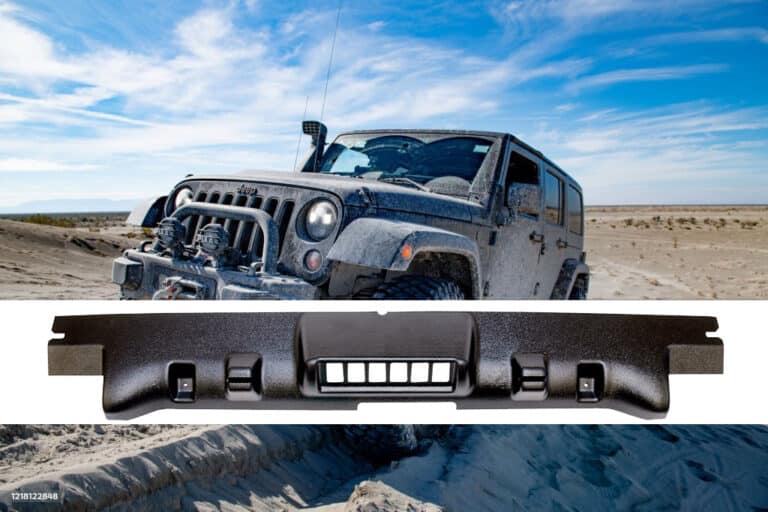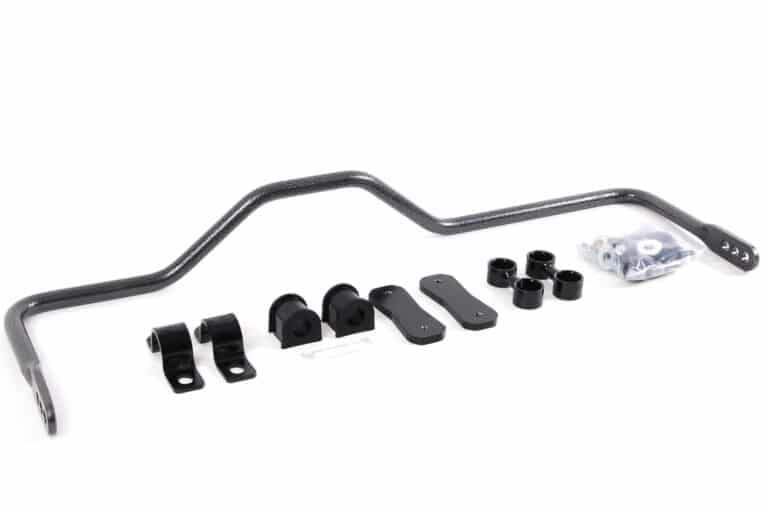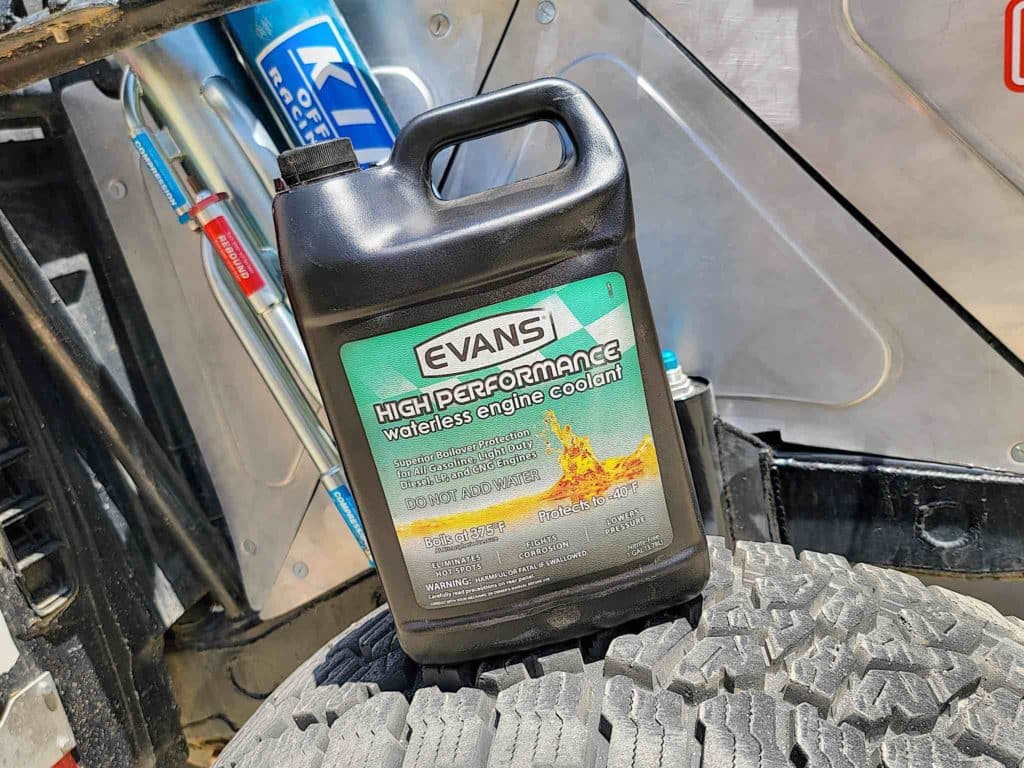
One of the biggest vehicle issues in off-roading is overheating. Staying cool on the trail in warmer temperatures or at high rpm in the dunes puts a lot of stress on the engine, and engine-coolant temperatures can skyrocket.
We worked with the team at Evans Coolant on switching over a Class 2000 race truck’s coolant to their waterless coolant, but this can work on a wide range of vehicles including ones that only see pavement. The truck sees extreme temperatures racing in Southern California and had seen high coolant temperatures when having to stay in a lower gear in soft terrain.
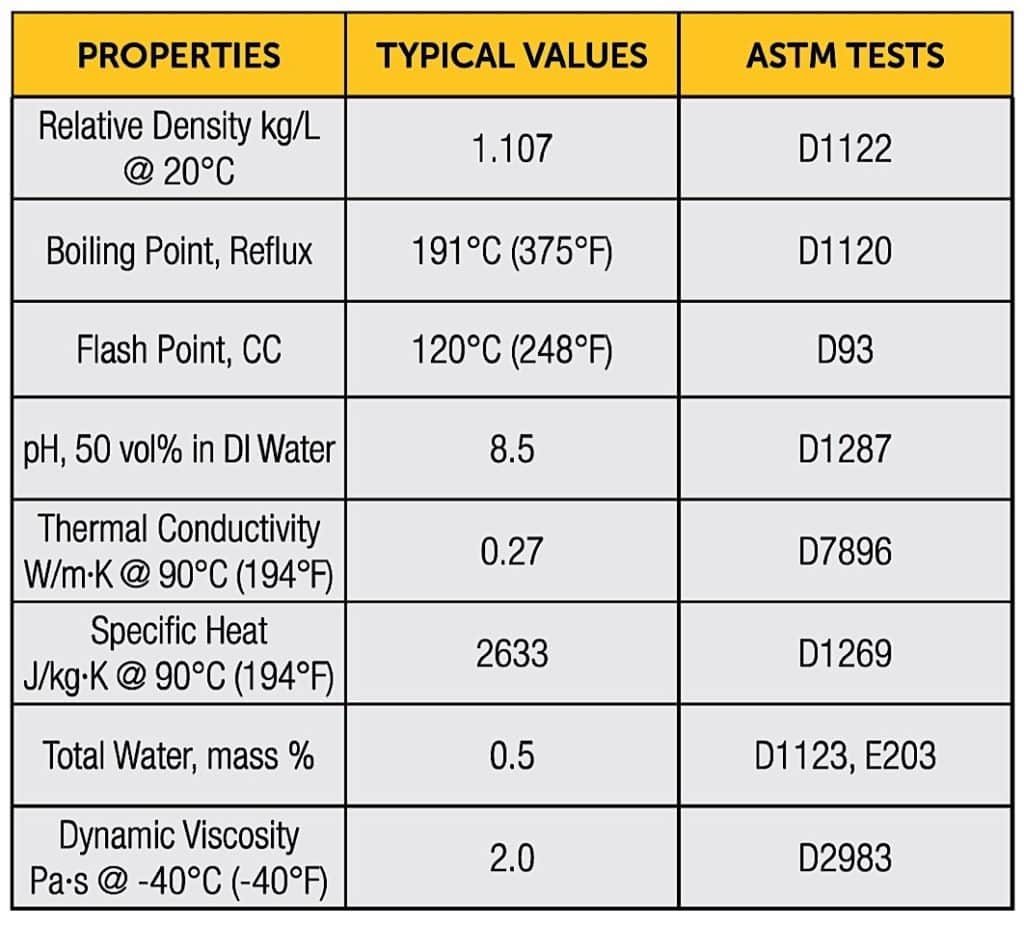
“Some of the key features of Evans Waterless Coolant is the ability to increase engine reliability, prevent corrosion due to water, boiling over, and reduced system pressure,” James Bye of Evans Coolants explained. “In addition, the waterless coolant has freeze protection down to minus 40 degrees Fahrenheit, boilover protection up to 375 degrees Fahrenheit, and has more than 25 years of proven functionality.”
Many off-roaders, especially in the Southwest, don’t worry about freezing temperatures, but drivers can be caught off guard when they do hit and they aren’t prepared. There were numerous vehicles at King of the Hammers earlier this year that ran solely water or a water wetter whose cooling systems actually froze on the lakebed.
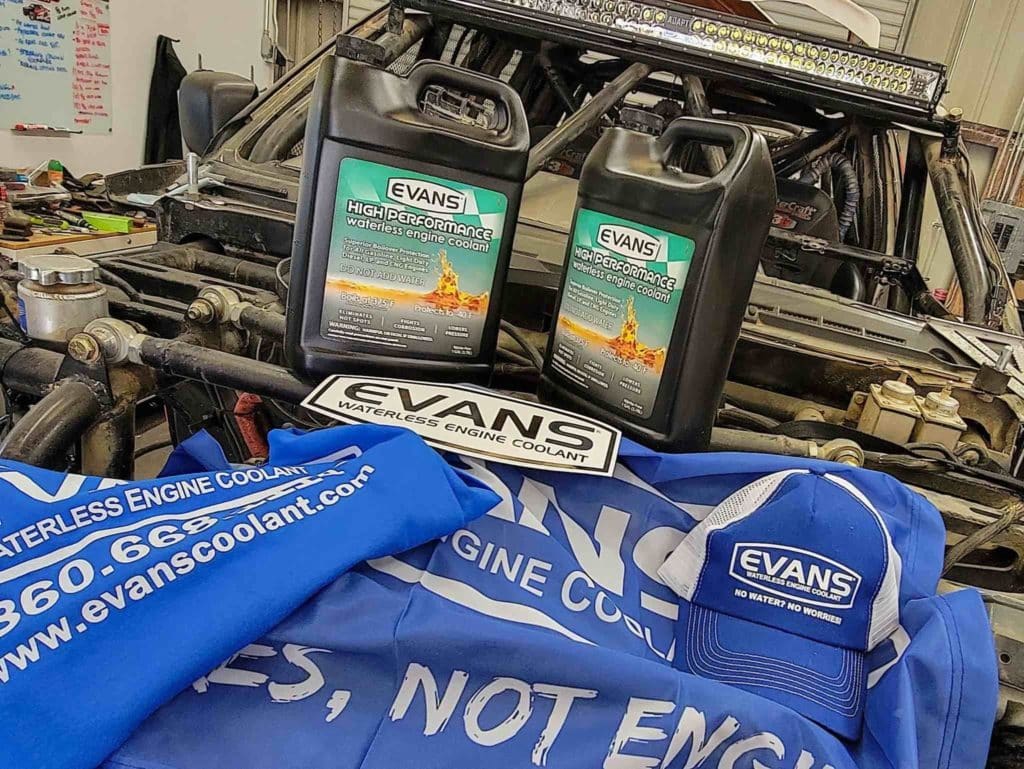
“Water has superior heat-transfer capabilities only until it begins to vaporize,” Bye said. “Evans Waterless Coolants provide a wider range of safe and stable operating temperatures, ensuring constant liquid-to-metal contact under even the most extreme conditions.”
Evans Coolants drastically reduce system pressure, prevent the risk of boilover, are non-corrosive, and will last the life of the engine, unless contaminated.
Making the Switch
Converting to Evans Waterless Coolant is not as hard as it seems; the most important part is making sure that all the old coolant or coolant product is out of the entire coolant system. In our case, it was extremely easy to access all the lines and make sure everything was cleaned out before adding the waterless coolant.
In cases where it is more difficult, Evans Coolant has a prep fluid that helps. Evans Prep Fluid is a waterless cooling-system flush engineered specifically to purge the cooling system of water-based antifreeze after draining and before installing new waterless coolant.
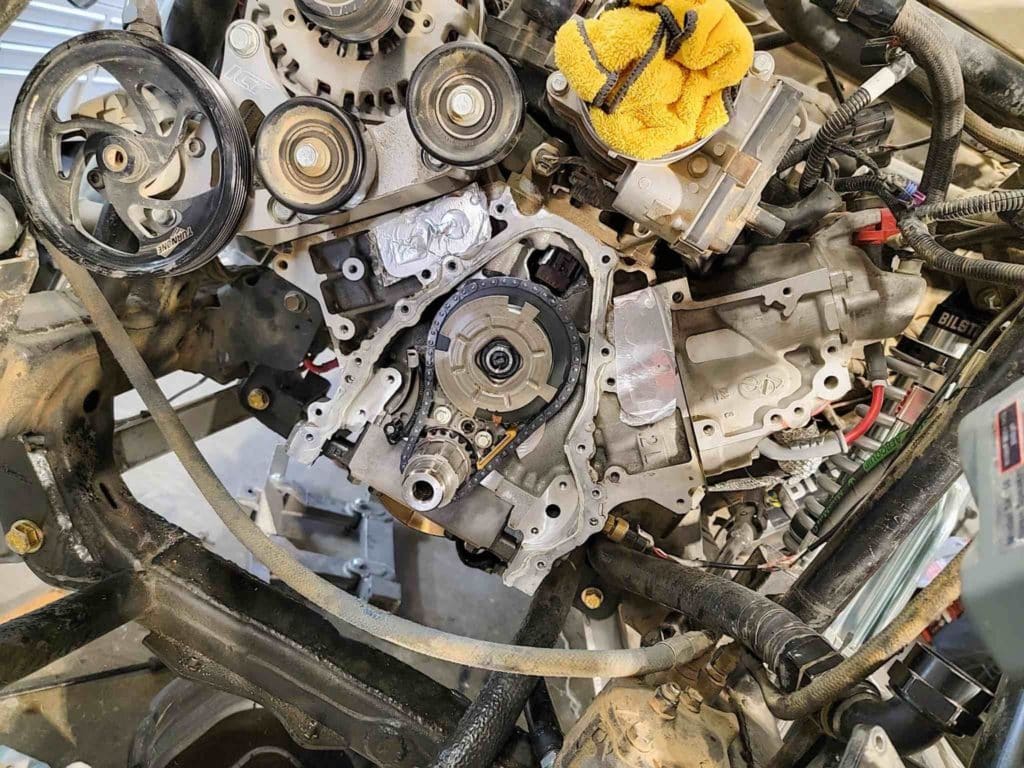
Prep Fluid should be used when block drains are unavailable or cannot be removed. It is not a substitute for thoroughly draining the cooling system and related components. Prep Fluid is not intended to be a stand-alone operating coolant, but as a flush only.
Evans Prep Fluid is ready to use and hygroscopically absorbs water to ensure that all residual water is removed from the system. Doing so ensures that Evans coolants will meet the water-content limits and provide peak performance while also protecting cooling-system metals during flush.
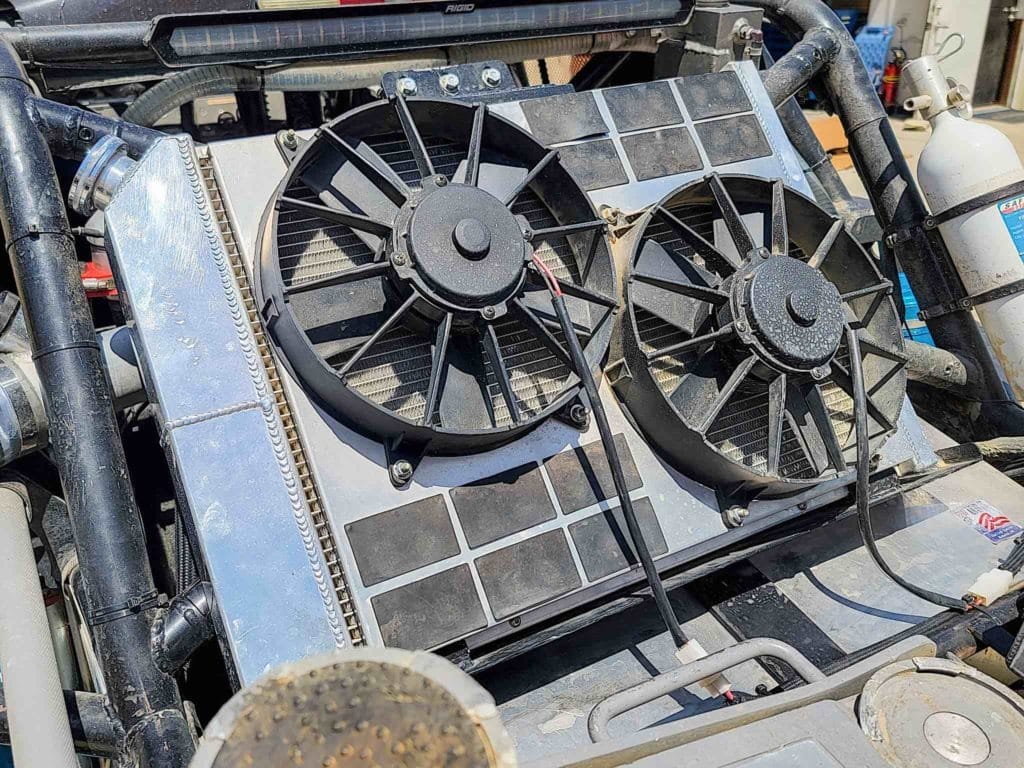
With the cooling system completely rid of water, we were able to add the waterless coolant into the race truck’s cooling system. Filling the system was done just as if you were to add any of the previous coolant products to it; in our case, it was removing the radiator cap on the rear of the vehicle.
One thing to note is that once the system is full, it doesn’t mean it’s ready to run; proper burping still needs to be done. This can take some time, especially because the entire system will have no fluid in it. Take your time, and make sure the vehicle burps and completely gets all the air out of the system.
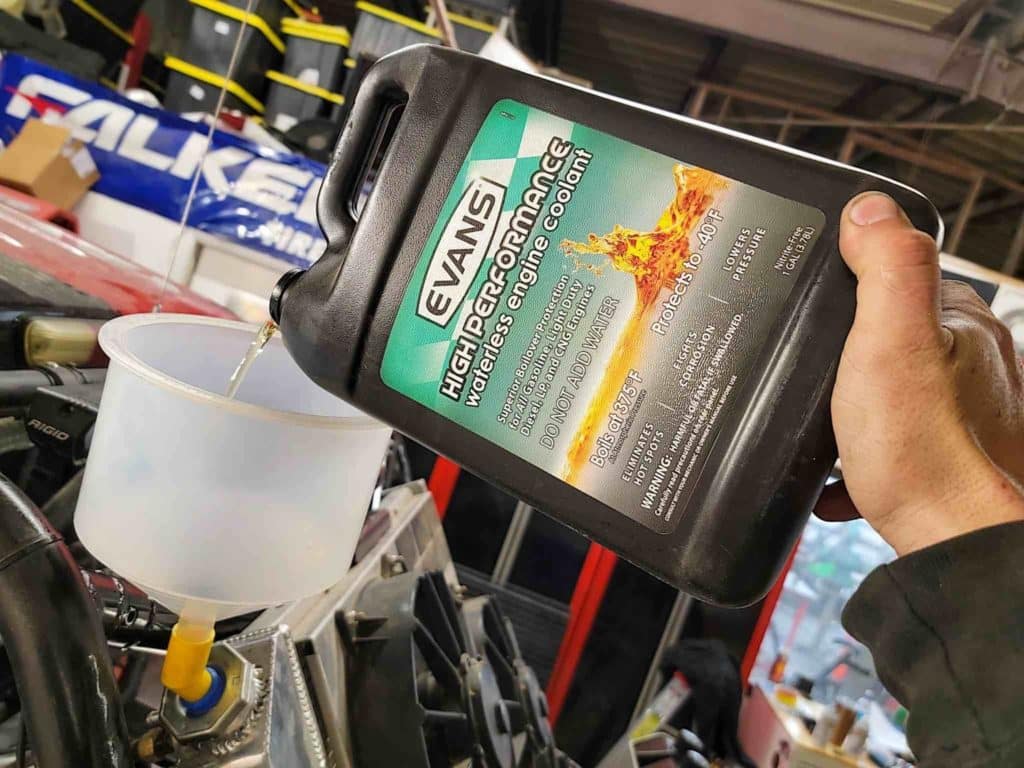
Upon starting up our truck and in the burping process, we had got to temperatures in the 210 to 220 degrees Fahrenheit range, but as soon as the system burped completely we were seeing temperatures down to 180 degrees Fahrenheit.
Since the installation, the truck has seen Southern California and Las Vegas deserts and has seen a noticeable drop in temperatures. Every vehicle can show different results, but in the long run, it is a huge improvement over running traditional coolant products.
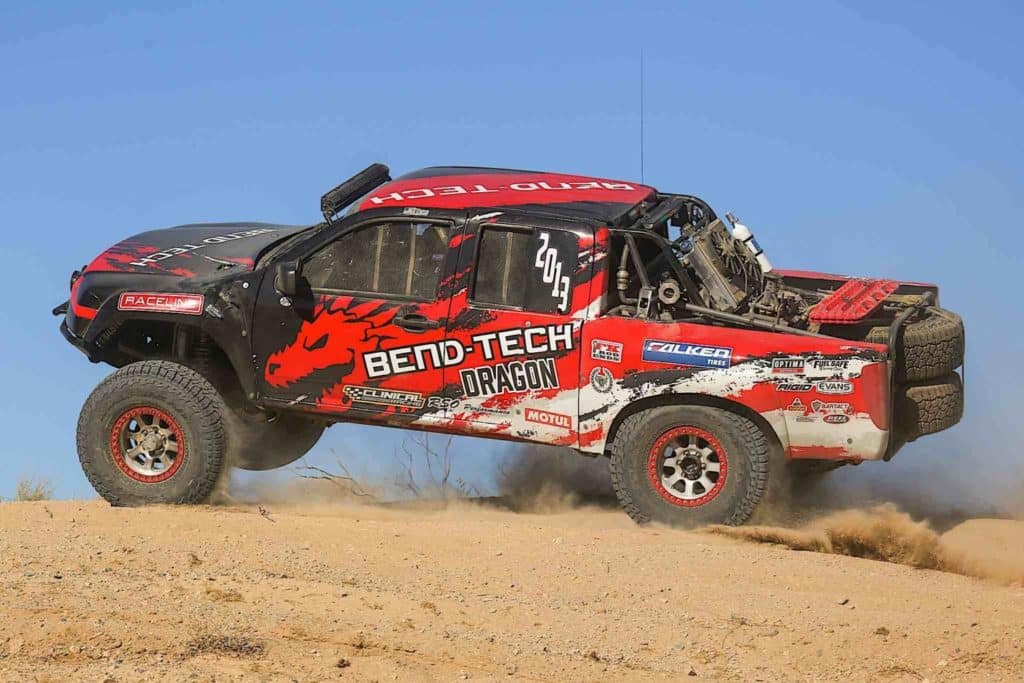
Evans Coolants has a wide range of products geared to fit different applications:
- Evans High Performance Coolant – High performance, light to medium duty diesel, off-road, overland, CNG, and LP engines
- Evans Powersports Coolant – Designed for motorcycles, ATVs, UTVs, and other powersports equipment.
- Evans Heavy Duty Industrial – Superior temperature management and protection for industrial applications
- Evans NPG Coolant – For tracks or in series where propylene glycol-based coolants are allowed.
Installing Evans Waterless Coolant eliminates many problems associated with water in conventional water-based cooling systems while increasing reliability and engine life. The Evans Coolant team of techs is available Monday through Friday, 9 a.m. to 5 p.m. EST, at 888-990-2665 to answer any questions you might have, and would be happy to chat with you about the conversion process and benefits of your specific application.
